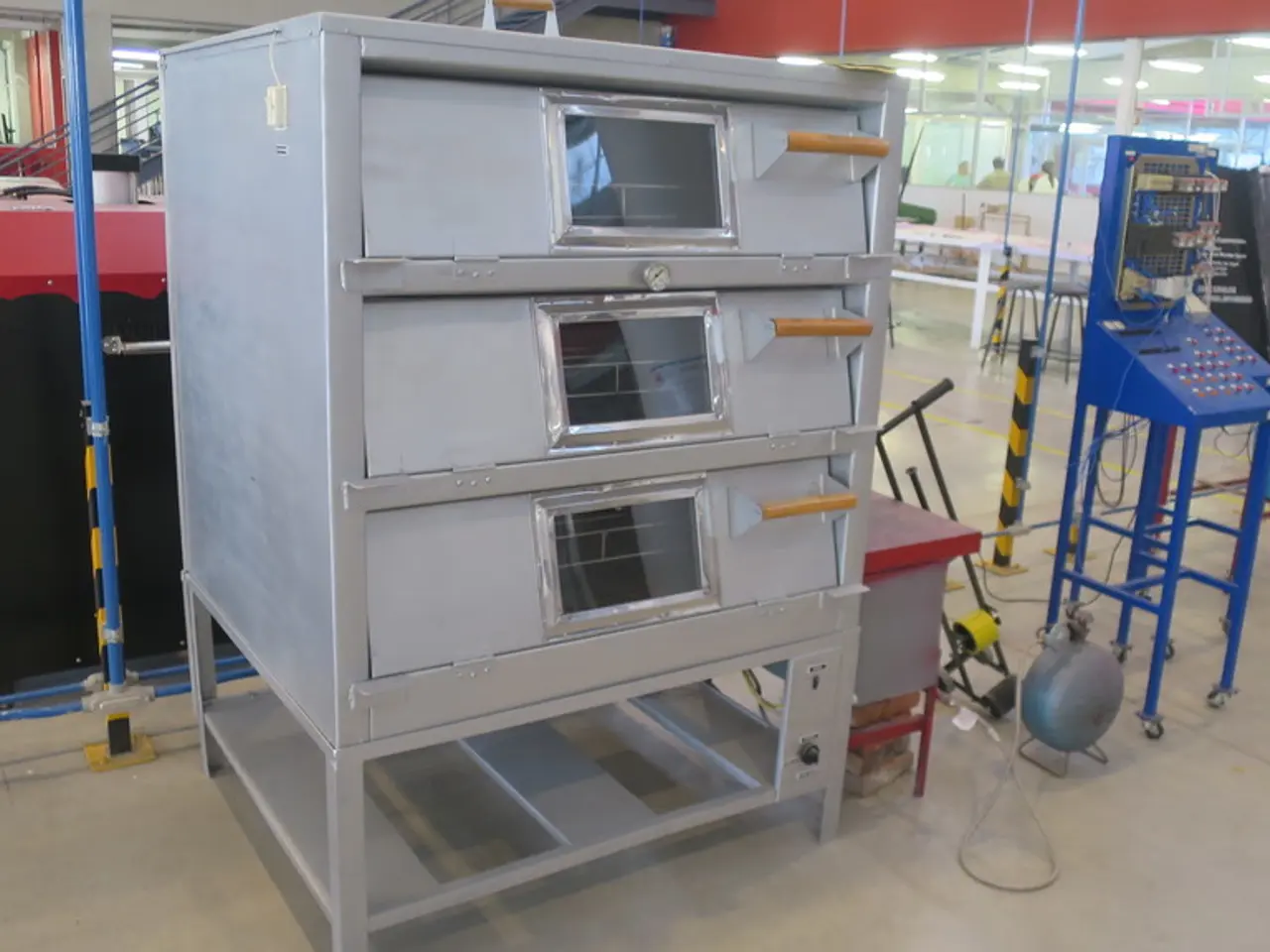Tips for Establishing a Thriving Lab: Key Strategies for Lab Construction
In the fast-paced world of scientific research, keeping up with advancements in technology and research methods is crucial for a successful laboratory. Here, we delve into the essential factors that contribute to a thriving lab environment.
Equipment Selection
The selection of laboratory equipment should be tailored to the laboratory's scope and complexity, defining the test menu (e.g., routine chemistry, molecular diagnostics) and determining the necessary instruments and reagents. It is important to take inventory of existing equipment and ensure compatibility with the lab's workflows, quality control needs, and potential adoption of systems like a Laboratory Information Management System (LIMS) to increase productivity.
Safety Measures
Safety is paramount in a laboratory setting. Comprehensive, lab-specific safety protocols should be established, tailored to actual procedures and materials in use. A thorough safety audit should inspect all areas, verify emergency equipment functionality, and ensure compliance with standards. Safety design includes proper ventilation, emergency showers and eyewash stations, fire suppression systems, safe storage for flammables and biohazards, and fire safety planning including clear exit routes and regular fire drills employing protocols such as RACE (Rescue, Alert, Contain, Evacuate).
Personnel Management
Effective personnel management is essential for a productive and safe laboratory. Hiring and training staff well in advance of lab operations is crucial, with emphasis on safety training, hazard awareness, and ergonomics to reduce risks such as musculoskeletal disorders from repetitive or awkward tasks. Maintaining an organized, sustainable work schedule fosters productivity and staff well-being.
Lab Design
Lab design should support workflow efficiency, safety, and regulatory compliance. Key aspects include designing spaces that optimize specimen flow from receipt to testing and reporting to minimize contamination risk, allocating adequate space for equipment, storage, and personnel movement with attention to ergonomics, ensuring utility capacities exceed standard needs, and incorporating secure storage for controlled substances and properly designated waste and decontamination areas. Consulting directly with lab users during design is crucial to tailor the layout for their specific tasks and maximize efficiency.
Continuous Improvement
Staying up-to-date with advancements in technology and research methods is crucial for a successful laboratory. Regular maintenance and calibration of laboratory equipment ensures accurate results and extends their lifespan. Attending conferences, workshops, and seminars to learn about new equipment and techniques is encouraged. Continuously educating yourself and your team on the latest developments is essential for a laboratory to remain competitive.
Cultivating a Positive Work Environment
A positive work environment promotes productivity and enhances team morale, leading to a more successful laboratory overall. Encouraging open communication and fostering a culture of respect and teamwork are key to this success. Showing appreciation for your team's hard work and providing opportunities for their professional growth are also important factors in creating a thriving laboratory.
Promoting diversity in the lab can bring new perspectives and ideas to research projects, leading to innovative discoveries. By considering these factors, a laboratory can be set up for success, blending strategic planning with user-focused design, robust safety systems, appropriate instrumentation, and proactive management of human resources.
[1] Laboratory Design Guidelines: A Guide to Planning, Designing, and Operating a Laboratory Facility. (2015). American Society for Microbiology.
[2] Laboratory Safety Handbook. (2016). Centers for Disease Control and Prevention.
[3] Laboratory Biosafety Manual. (2017). National Institutes of Health.
[4] Occupational Health and Safety in the Laboratory. (2017). World Health Organization.
[5] Laboratory Information Management System (LIMS) for the Clinical Laboratory. (2018). American Association for Clinical Chemistry.
- To foster innovation and advancements in the health-and-wellness field, investing in educational and self-development opportunities, such as attending workshops on new laboratory techniques, is critical for both personal and laboratory growth.
- In the realm of science and technology, a thriving laboratory also prioritizes fitness-and-exercise by ensuring ergonomic workspaces and scheduling to minimize musculoskeletal disorders among personnel, promoting overall health and wellness.




